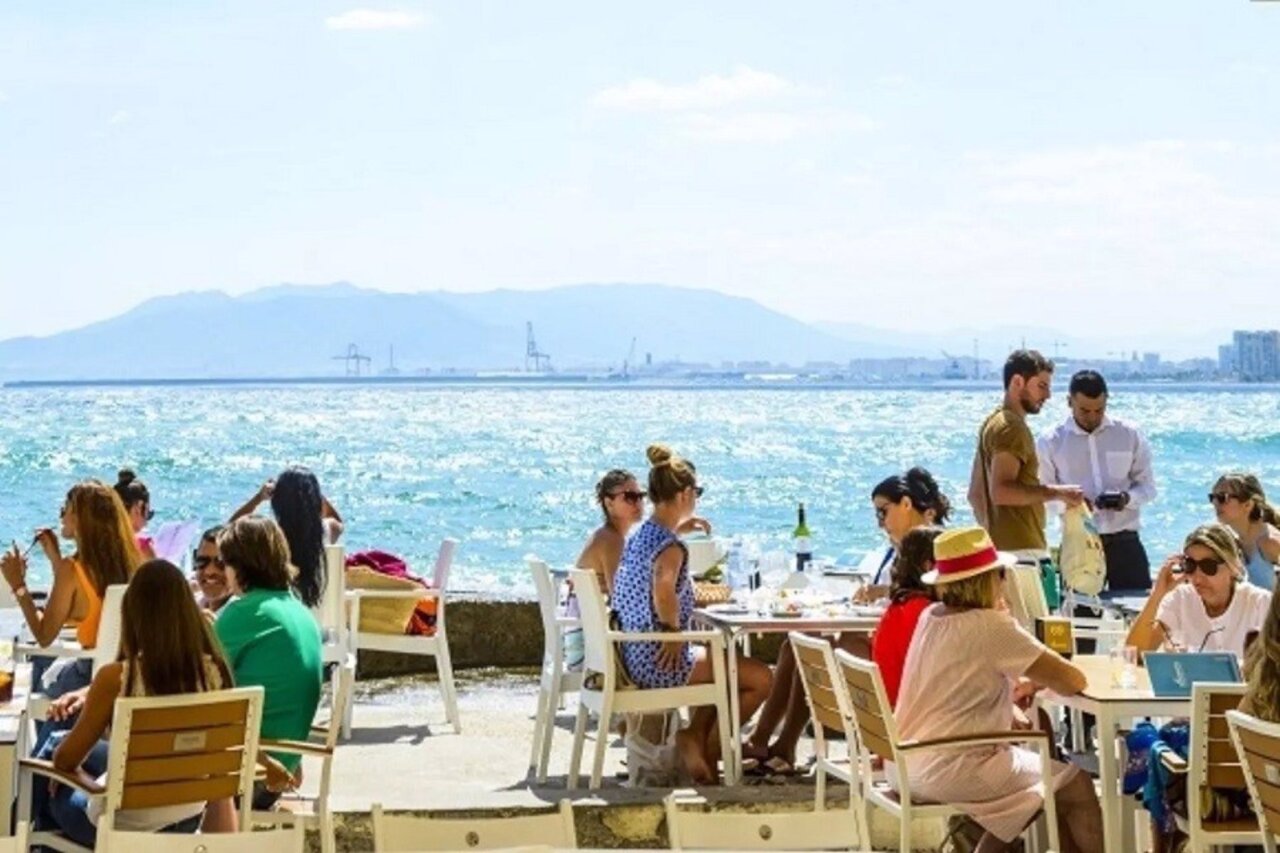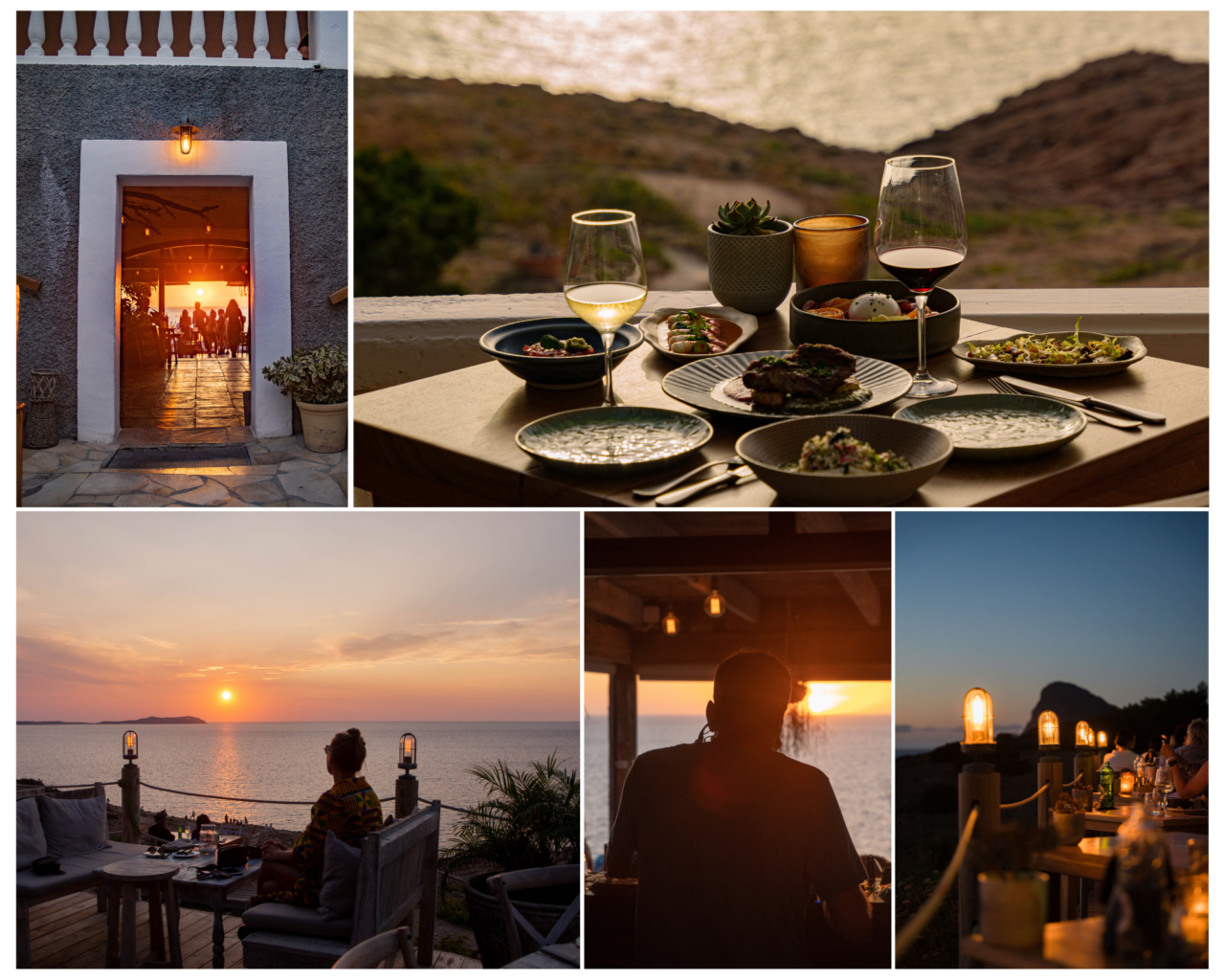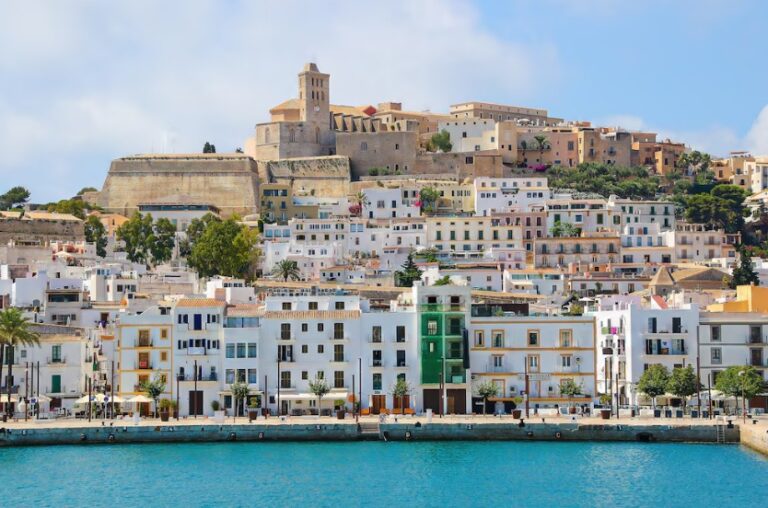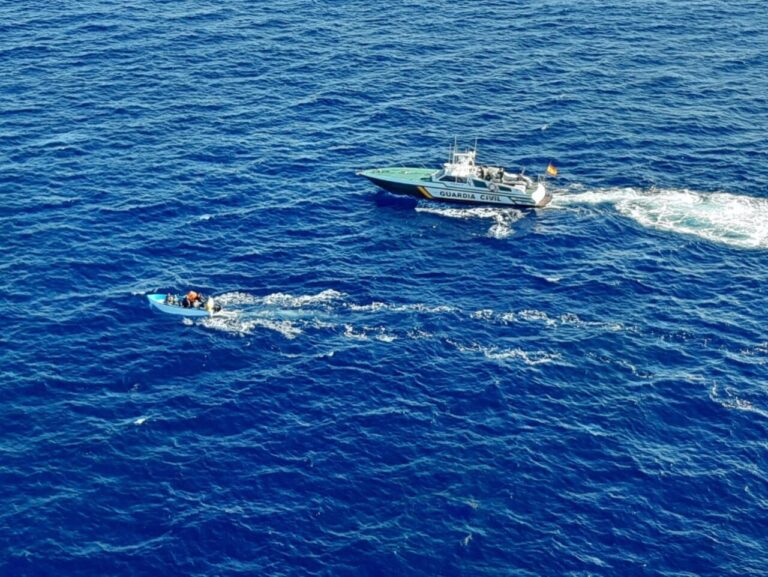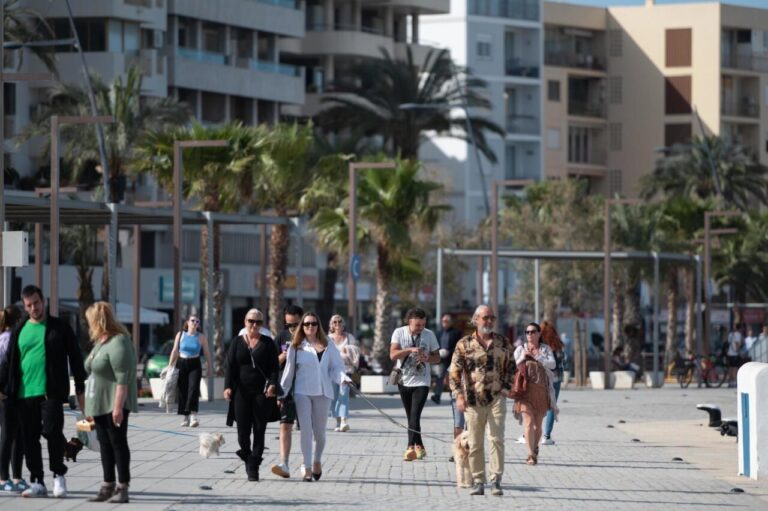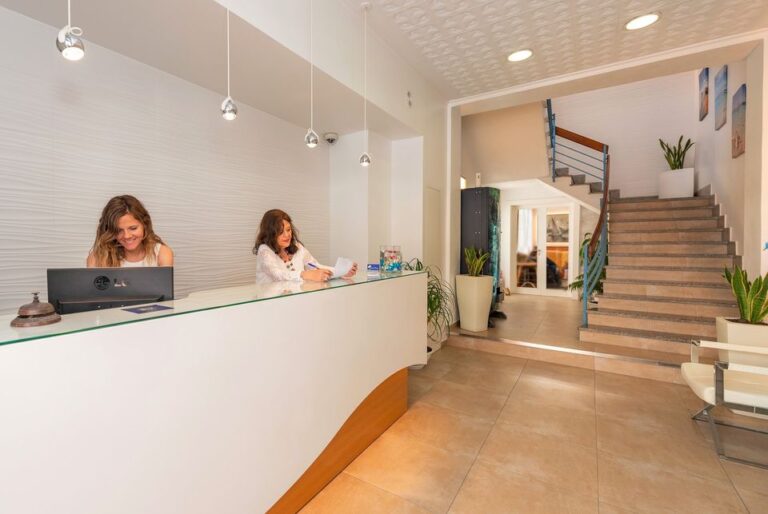Balearic Islands has registered an unprecedented milestone in tourism. Up to October 2024, the archipelago has received 18,069,162 visitors, surpassing for the first time the 18 million mark in a year before the end of the fiscal year. This record, according to IBESTAT and INE data, represents a growth of 4.8% over the same period last year, when the total figure reached 17,854,981 tourists. Mallorca’s leadership over the challenges of Ibiza and FormenteraMallorcahas been the main driver of this increase, with an annual increase of 7.26%, consolidating its position as the most sought-after destination. Ibiza and Formentera received 3,588,448 visitors, representing a slight decrease of 1.71% compared to the same period in 2023. Menorca, on the other hand, has remained stable, recording similar figures to the previous year.
Visitor profile and preferences
In terms of origin, 82% of the tourists arriving to the Balearic Islands were foreigners, with Germany and the United Kingdom standing out as the main source markets. Ibiza and Formentera, in particular, maintained a notable flow of British tourists, with more than 285,000 visitors in October, according to the monthly report of the National Statistics Institute. The analysis of the preferred type of accommodation shows a clear trend towards hotel establishments, which accounted for 77.91% of overnight stays. However, tourist rental properties have experienced a significant drop of 19.89% compared to the previous year, a figure that could reflect a change in visitors’ preferences or the impact of recent regulations in the sector.
The challenge of the Pitiusas: sustainability and competitiveness
In Ibiza and Formentera, the data show challenges in attracting tourists. The 1.71% decrease in arrivals could be linked to factors such as increased costs in tourist services, competition from other destinations or even issues related to sustainability, which have generated debate in the Pitiusas in recent years. With these numbers, the Balearic Islands reaffirms its position as one of the most important tourist destinations in the Mediterranean. However, the variations between islands underline the need for an adapted strategy to distribute the flow of visitors in a balanced and sustainable way, maximizing the positive impact on the economy and minimizing the pressure on local resources.
Continue reading

